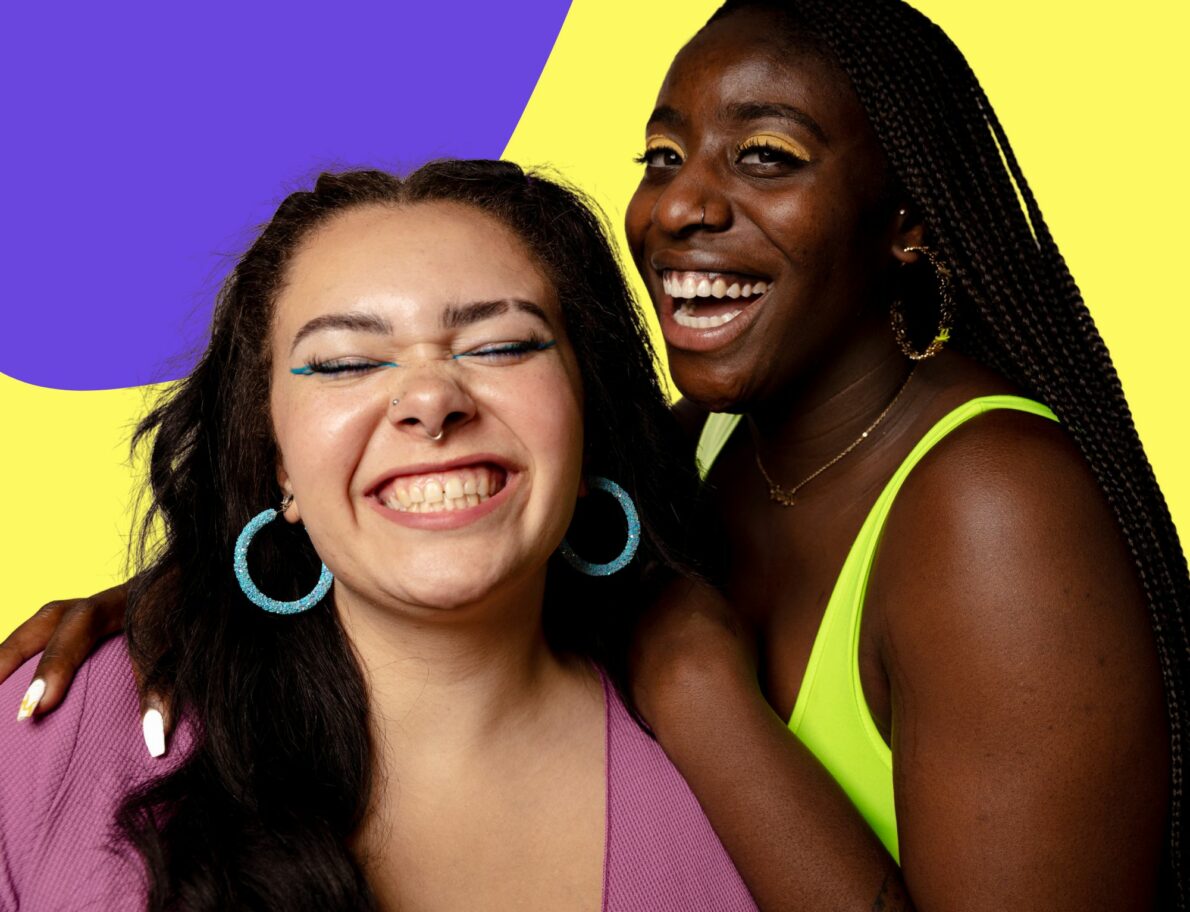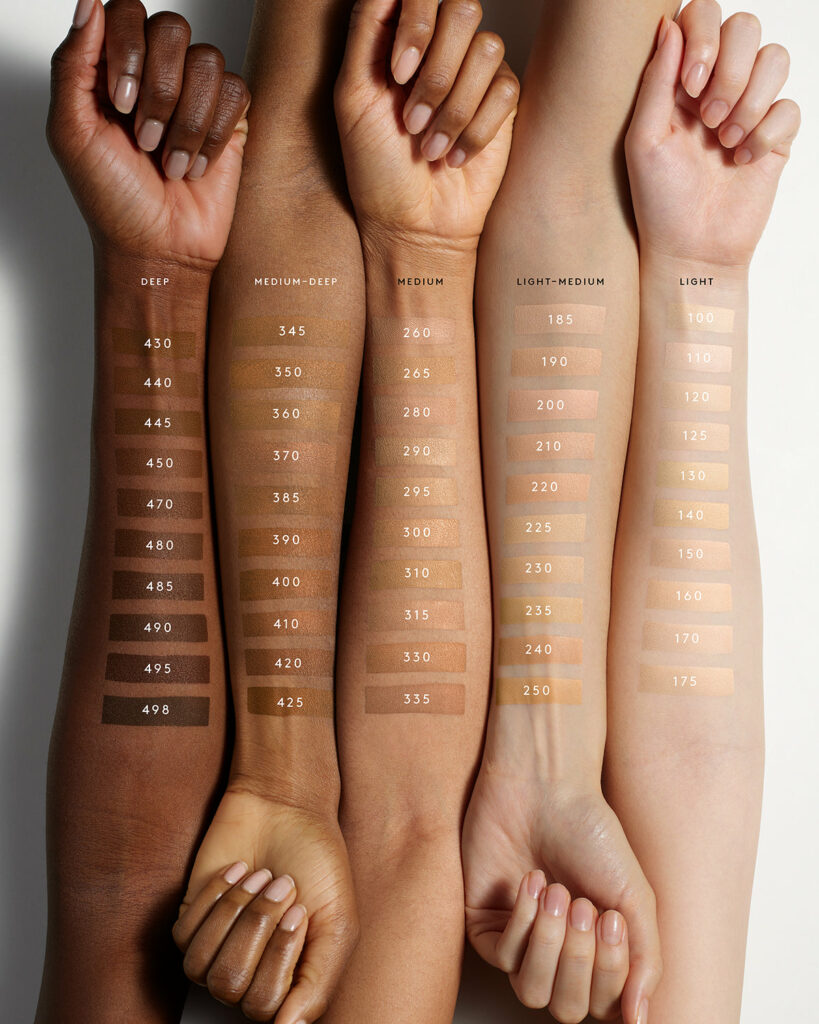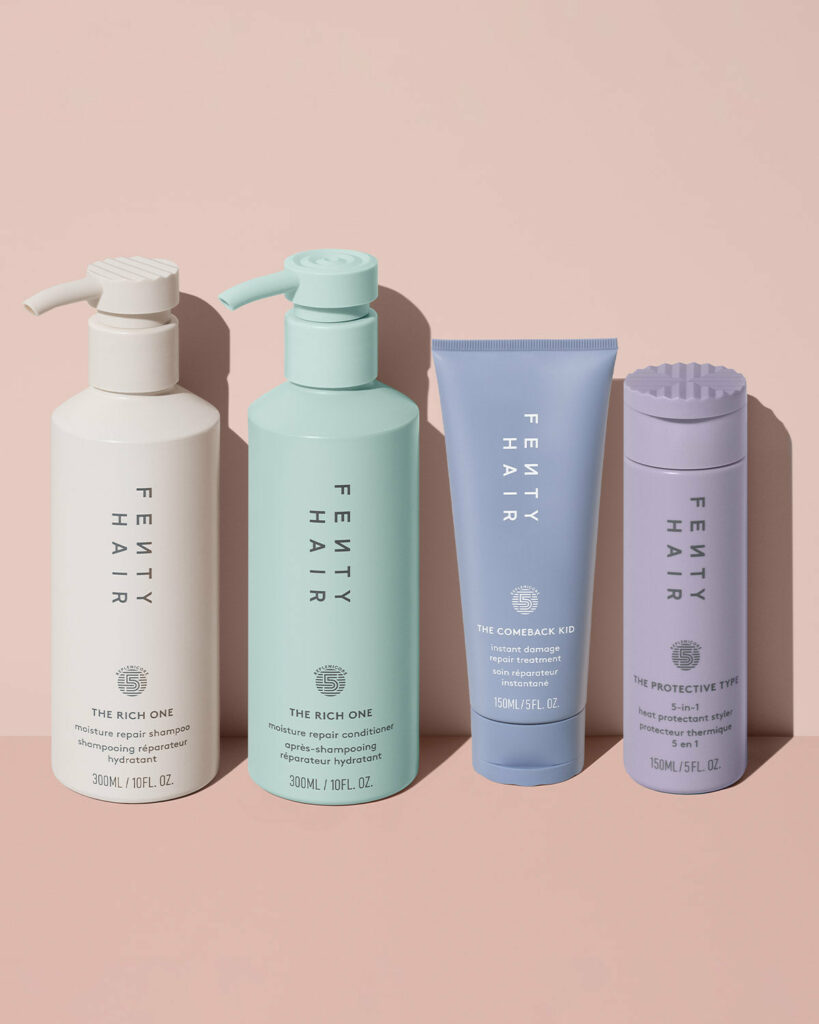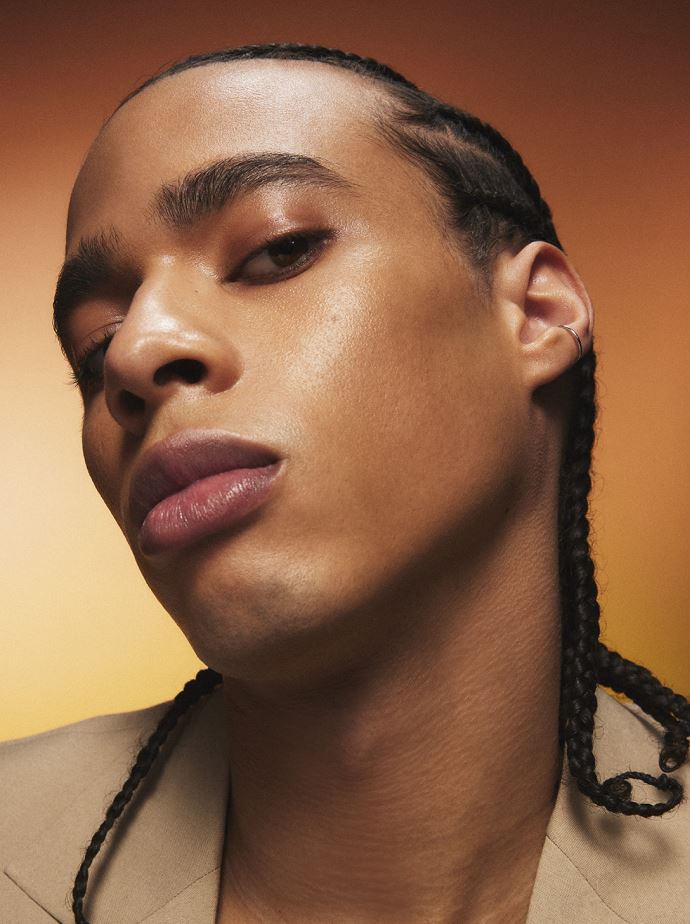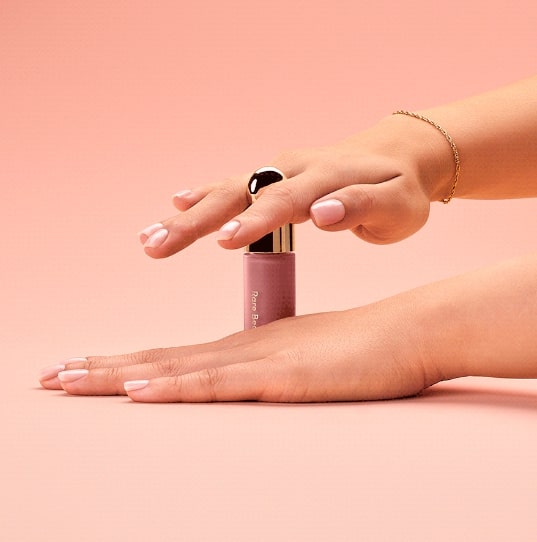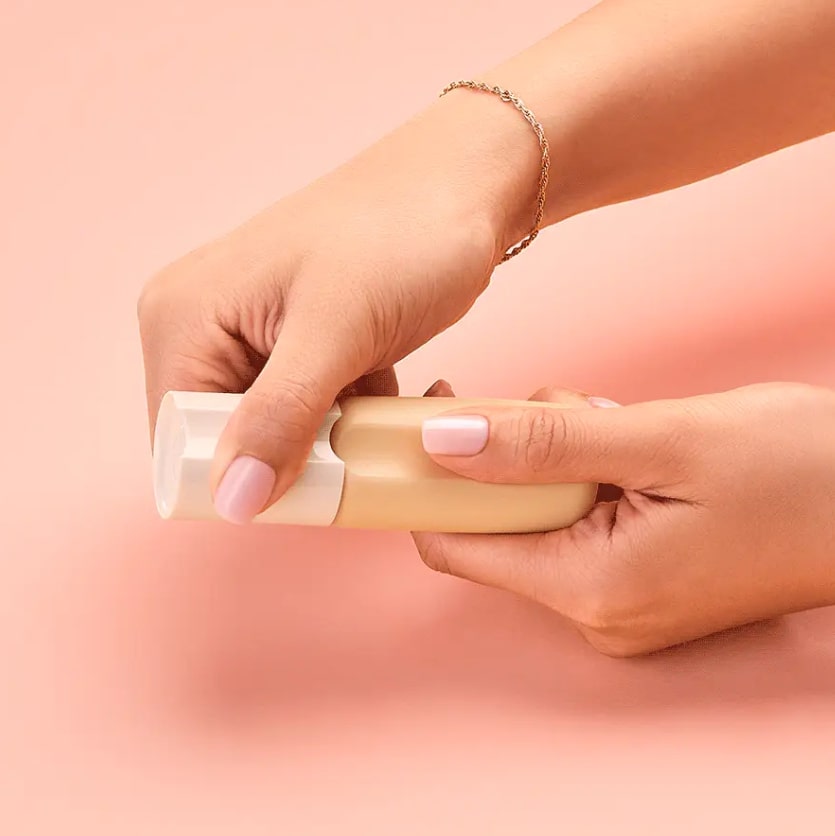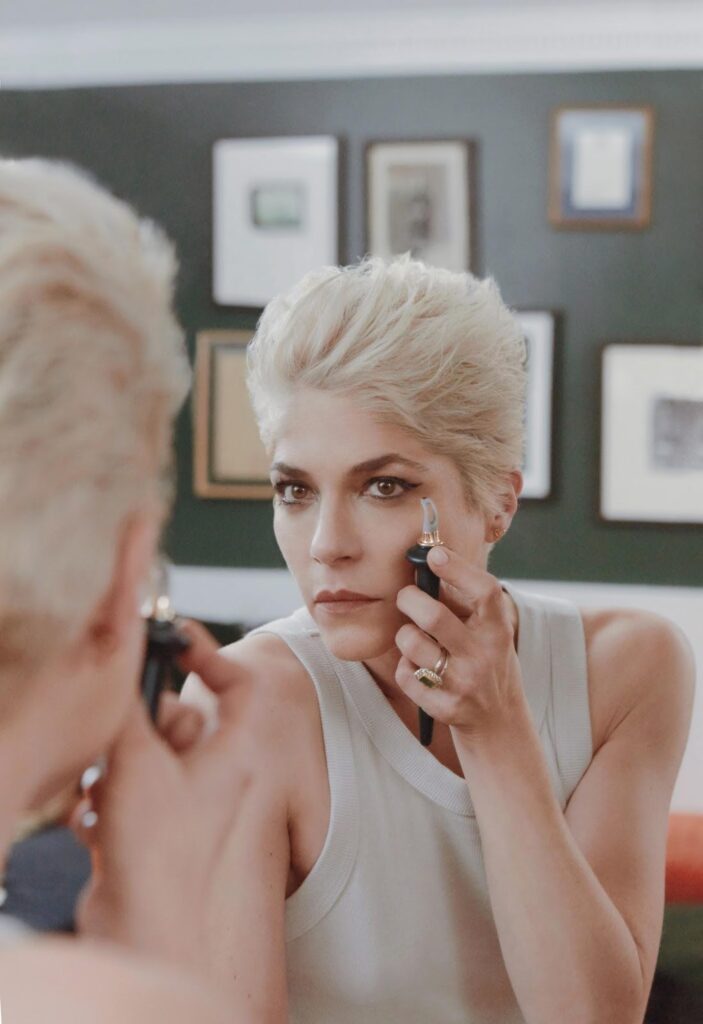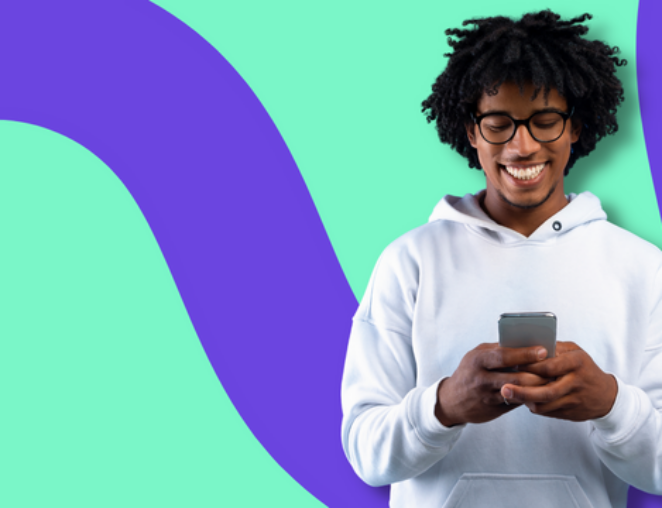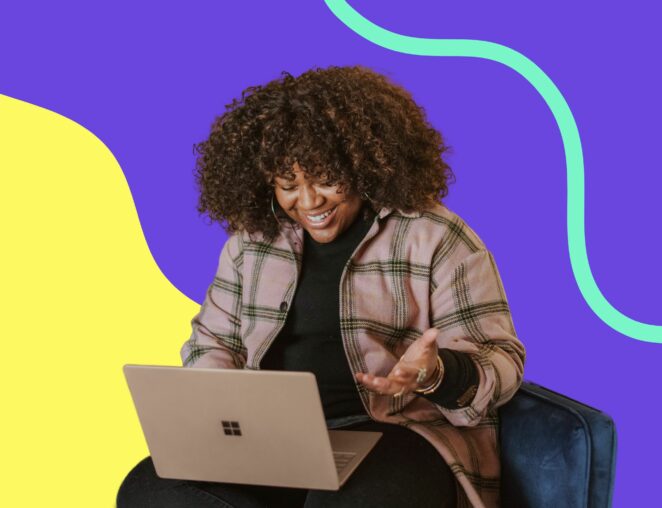What you’ll learn
Full disclosure: Beauty brand marketing has made some serious faux pas when it comes to diversity.
Hiring a few models of color and calling it a day just doesn’t cut it. Today’s beauty consumers have a sharp eye for B.S. and are quick to call out performative diversity in beauty marketing — just ask Youthforia or Dior. 😬
To stay in the game, authentically inclusive beauty brands must cater to a rainbow of identities, bodies, voices, and experiences. The new status quo: celebrate all forms of beauty, not just the mainstream ideal.
In this article, we caught up with our CEO, Christina Lyon, to explore the latest trending topics in diversity, mistakes to dodge along the way, and 7 beauty brands blazing the trail.
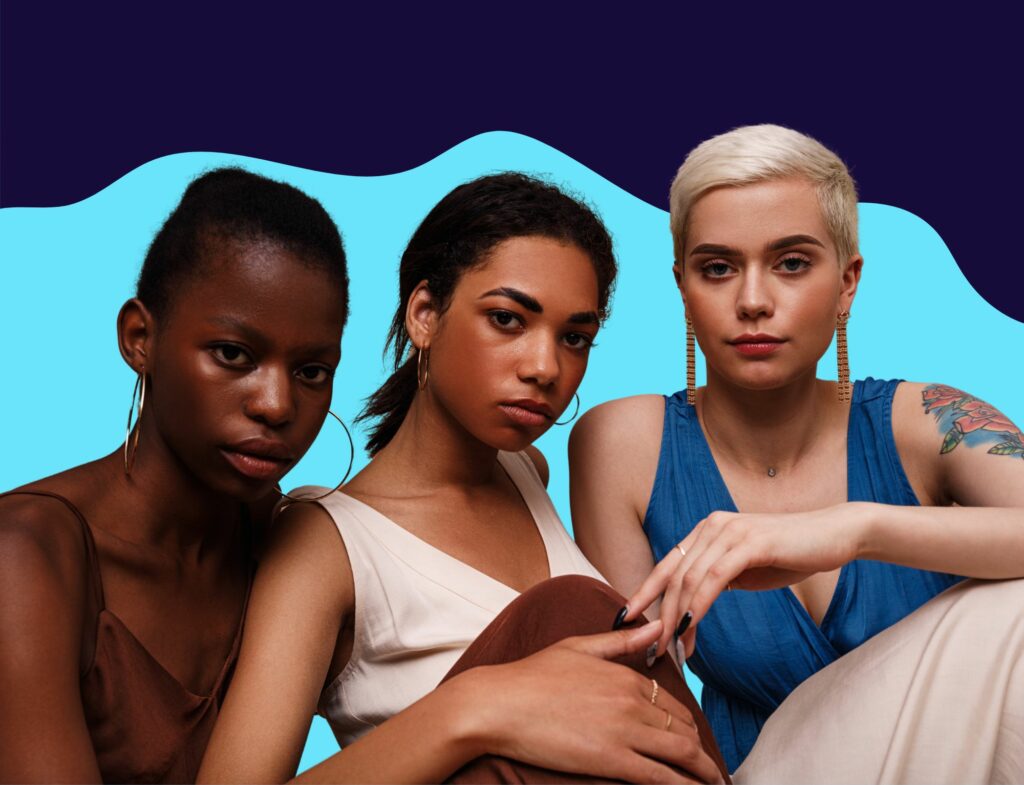
Why does inclusion and diversity in beauty brand marketing matter more than ever?
According to one report, 31% of shoppers refuse to invest in brands that lack diversity, equity, and inclusion (DEI). This sends a clear message: consumers want to see themselves mirrored in the beauty industry.
Christina echoes this sentiment:
“People are a lot less tolerant of non-inclusive brands. There is really no reason to not prioritize diversity, and consumers, especially Gen-Z and Millennials, won’t easily buy if your models, language, and branding aren’t inclusive.”
But embracing authentic DEI in cosmetics and beauty transcends a few checked boxes and customer satisfaction. Here are a few more ways it can spark joy, not just sales.
Benefits of inclusive beauty marketing
Deepens customer connections
When you showcase real people in all their beautiful shades, shapes, silhouettes, and styles, you prioritize diversity in beauty marketing, and as a result, customers see themselves in your brand. This fosters a sense of belonging and trust that a generic product pitch never could.
Allows for creativity and innovation
Diversity fuels fresh ideas! By catering to a wider range of needs and preferences, beauty brands are pushed to innovate their offerings and marketing campaigns.
It humanizes your brand
This inclusive approach doesn’t just feel good; it’s also a smart business move. Nearly half of consumers say they’re more likely to buy from brands that portray diversity. That’s because audiences crave authenticity — what better way to deliver and genuinely connect than with a marketing strategy that reflects their real world?
Boosts brand awareness
Authentic diversity efforts get you noticed (in a good way!). Consumers are vocal on social media platforms and love to celebrate brands that champion inclusivity. Check out Nike’s audience cheering on their post about Paralympian Diede de Groot:
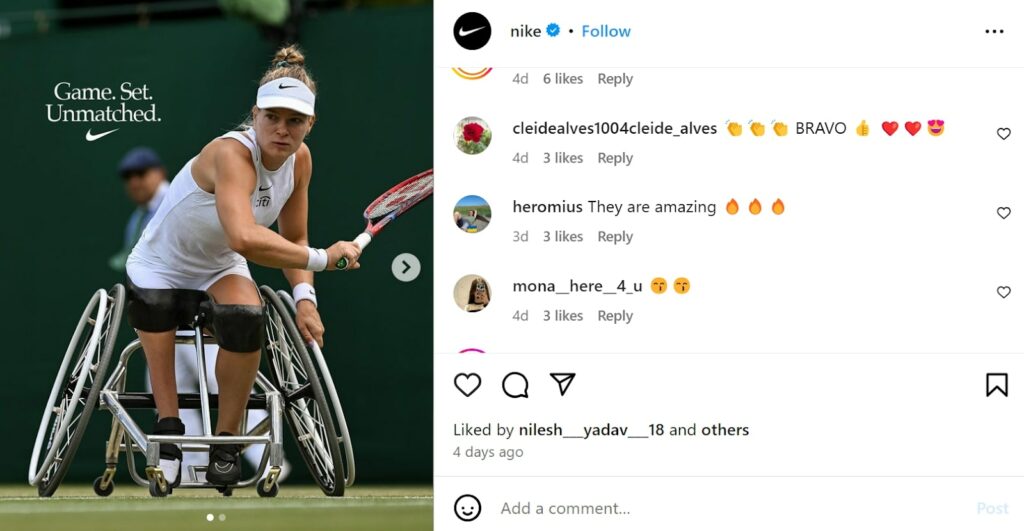
Expands your market reach
By embracing diversity in beauty marketing, you open the door to a whole new audience who might have previously felt excluded. This translates to increased sales and a wider customer base.
Earns you major loyalty points
When you genuinely commit to inclusion, you build trust and loyalty with your customers. They’ll remember your brand for its values, not just its incredible products.
Attracts top talent
Christina believes that true equity trickles down from the top. That means hiring people from all backgrounds (like we do!) or promoting women to leadership positions. This attracts multifaceted talent with fresh perspectives and innovative ideas.
As for how beauty brands can put DEI into practice…
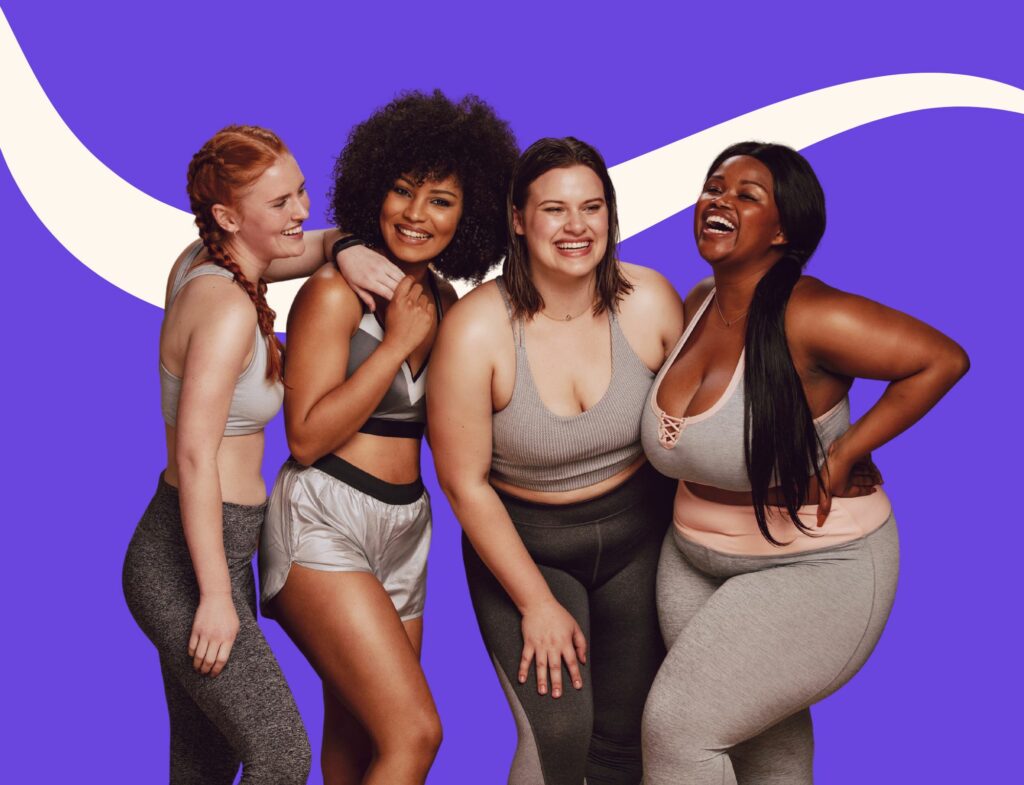
A mosaic of beauty: 6 types of Inlclusion and diversity in beauty marketing
Remember the oh-so “diverse” campaigns of yesteryears with less than a handful of black and brown faces and a limited view of what “plus-size” actually means?
In today’s beauty world, genuine inclusivity requires a much more authentic approach — one that celebrates every shade and story.
Truly inclusive beauty brands showcase a spectrum of:
1. Talent and voices
Diversity in beauty marketing is key, both in front of the camera and behind the scenes. From makeup artists and CEOs to video content creators and models, your team should reflect the audience they serve. This makes customers feel seen and celebrated, making your beauty brand a safe space for all.
2. Shades, sizes, and styles
The cosmetics industry has traditionally catered to a limited range of skin tones and narrow beauty standards. Inclusive brands celebrate a more extensive palette of shades and ethnicities, along with different hair textures, body types (from petite to plus-size, young to mature, able-bodied to disabled), and personal styles.
3. Socioeconomic backgrounds
Luxury goods aren’t exactly within everyone’s budget, highlights Christina:
“Price accessibility needs to be a big shift in the beauty industry. With inflation, a housing crisis, skyrocketed living costs, and the ever-looming recession, people are having to cut back on spending,” she explains.
With more price options, brands will ensure their messaging resonates with audiences of all socioeconomic backgrounds.
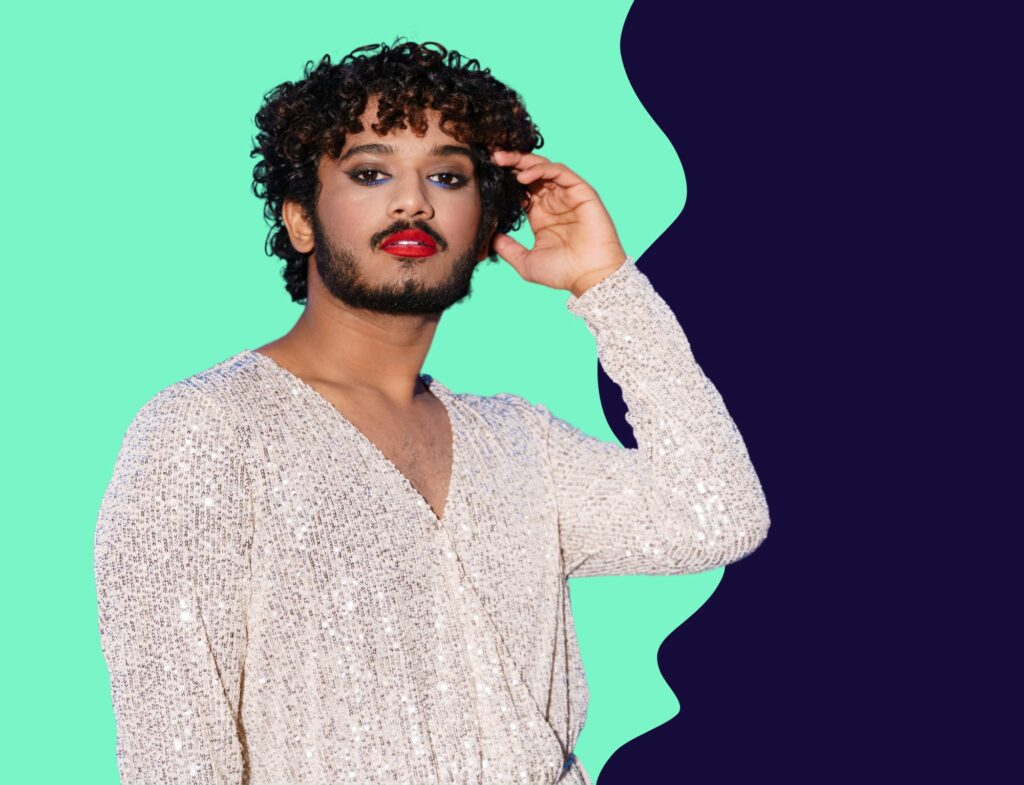
4. Gender identities and expression
Marketing gender-specific beauty ideals for just men and women is outdated and exclusive, and does little to advance the progress of diversity in beauty marketing. There is so much beauty thriving between those rigid, archaic lines.
Inclusive brands understand this and celebrate nonbinary and gender-fluid individuals. That means featuring models across the gender spectrum and offering products that cater to all preferences, not just the traditionally masculine or feminine.
5. Cultures and traditions
Beauty rituals and traditions are as diverse as the cultures they come from. Inclusive beauty brands get this and highlight that diversity. They feature models from all walks of life, showcasing traditional makeup styles and techniques, and some even create product lines inspired by different cultures.
6. Accessibility
Many people with disabilities might struggle to use traditional makeup products. Truly inclusive brands develop products with features like easy-open packaging, larger fonts, or braille labeling. They also feature disabled models.
The same goes for your website design. To make it more accessible, prioritize digital features like:
- Alt text
- Clear, concise language
- Easy keyboard navigation
- High contrast between backgrounds and text
- Closed captions on video and audio content
- Screen reader compatibility
- Font size and zoom options
- On-page content vs. off-page downloads
- Intuitive site architecture
- Various communication channels
- Feedback opportunities
Next: What are some beauty brand marketing examples that are killing it when it comes to representation?
Pioneers of diversity in beauty marketing: the 7 most inclusive beauty brands
Mirror, mirror on the wall… who’s the most inclusive of them all? 🪞
Here are seven of our favorite beauty brands evolving inclusion and diversity in beauty marketing:
1. Fenty Beauty
Rihanna has single-handedly redefined inclusivity in cosmetics and beauty. Fenty Beauty’s vast shade range (50, to be exact) challenged the industry standard and pioneered a new standard, pushing others to follow suit and expand their offerings.
Besides a swoon-worthy shade selection, Fenty Hair’s packaging also features unique textured caps — a win for visually impaired customers (and anyone who’s ever fumbled for conditioner in the shower).
2. MAC Cosmetics
Mac Cosmetics ran so brands like Nars, Fenty, and Haus Labs could walk. The iconic beauty brand embraced a broader range of models with different ethnicities, features, and genders from the jump, celebrating diverse beauty way before it was the “in” thing to do.
3. Rare Beauty
Inspired by her experience with lupus, Selena Gomez emphasizes the importance of making her products as accessible as possible in her approach to diversity in beauty marketing for her brand. That’s why Rare Beauty products are designed with special grips and packaging that make them easier to use and apply.
In case you missed it, Rare Beauty’s marketing earned our highest praise. 👑
4. Vamigas
Founded by Gabriela Hernandez, Vamigas celebrates the beauty of Latinas through its vibrant colors and storytelling. They even take time to honor the wisdom and strength of notable Latina leaders in their “Señora Chronicles” content marketing campaign.
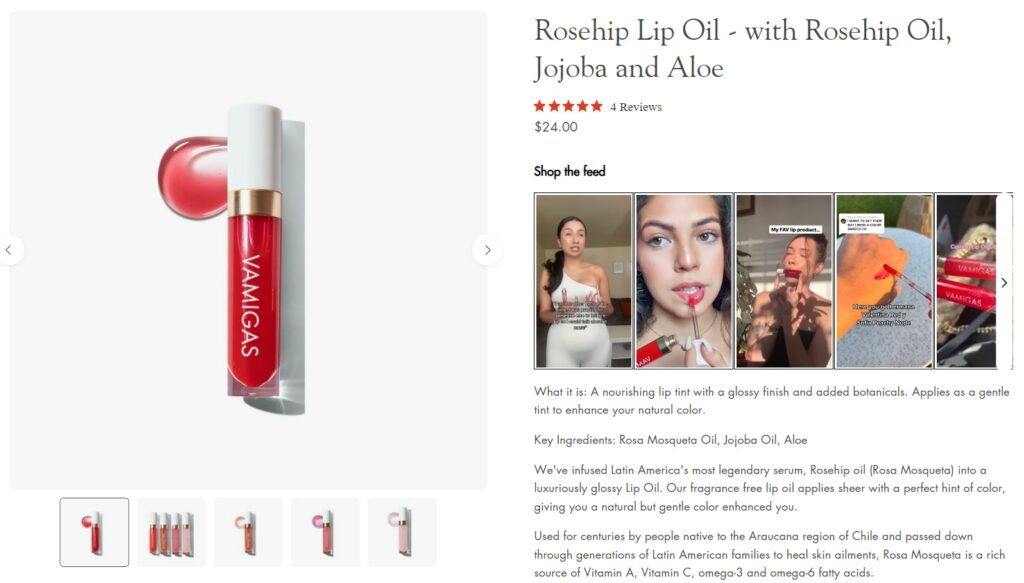
5. Guide Beauty
Created by a makeup artist with Parkinson’s, Terri Bryant understands the challenges of applying makeup with limited dexterity firsthand. She created Guide Beauty to offer innovative tools that make application more accessible for those with motor function impairments.
Oh, and did we mention Selma Blair is the brand’s creative director? 🤯
6. Good Light
Good Light is a Korean-owned skincare brand that embraces gender neutrality and all skin types. Founder David Yi set out to offer effective formulas for a diverse community, prioritizing inclusivity not just in products but also in social responsibility. One percent of all sales go to True Colors United, an organization that supports LGBTQIA+ youth.
7. The Ordinary
High-quality skincare shouldn’t break the bank. The Ordinary offers effective, top-tier products at accessible prices. This makes good skincare attainable for everyone, no matter what their bank account looks like.
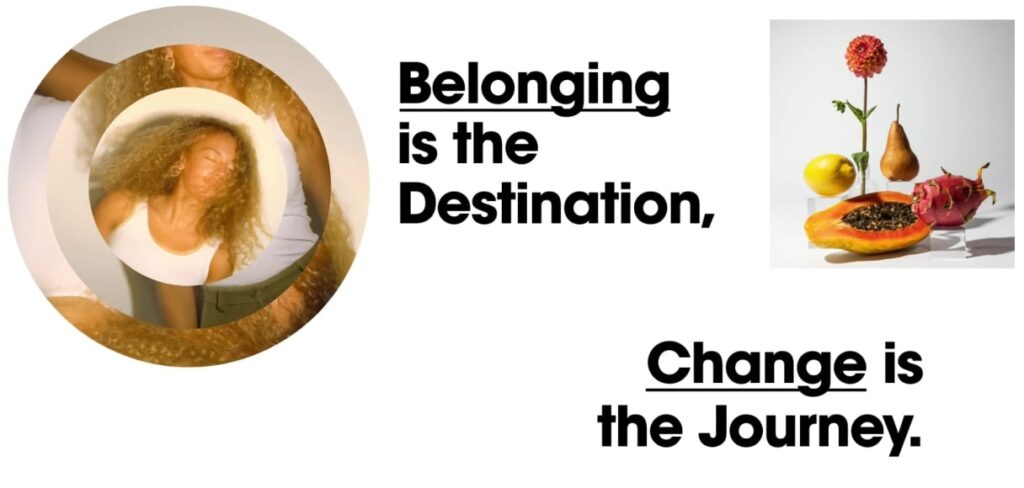
(Curious how The Ordinary’s approach stacks up to luxury marketing?)
Inclusivity is a powerful force indeed, but it’s not without its complexities.
Pitfalls in equity efforts: Can inclusive beauty brand marketing backfire?
According to Christina, inclusivity and diversity in beauty marketing is a journey — not a destination:
“It comes down to making systemic changes in your company that go the distance, rather than jumping on diversity ‘trends’ to appear relevant. That means prioritizing diversity in staff, marketing, advertising, branding, messaging, and beyond.”
She also reminds us that true inclusivity takes consistent marketing effort:
“It’s a big undertaking but change doesn’t happen overnight, consistent, small shifts in your strategy will have a long-lasting impact,” she explains.
Here’s what could happen if you rush the process or resort to inauthentic tactics:
Tokenism
Consumers can see right through the facade of a single ethnic model featured in a “diverse campaign”. This can stir accusations of inauthenticity and hurt your brand reputation.
Performative representation
The same goes for merely superficial efforts that focus solely on visuals, mainly if diversity isn’t reflected in your brand’s core identity (e.g., lack of diversity in leadership or marketing teams, inaccessible language, or a misaligned brand voice).
Cultural appropriation
A surefire way to trigger backlash and risk your reputation is to misuse cultural symbols or practices. This often happens when brands adopt elements from cultures without understanding their significance or context, leading to cultural appropriation.
Overgeneralization
Inclusivity and diversity in beauty marketing means being mindful of the language and the images you use. You also don’t want to make assumptions about a particular group. Embrace diversity without stereotypes, or you risk alienating (or worse, offending) potential customers.
Unintended controversy
Some controversy is good if it stimulates forward-moving conversations, but inclusivity efforts can spark complex discussions about equity and representation. For example, debate could arise around what constitutes as “diverse” or how accurately your campaign depicts a particular community.
Overpromise and underdeliver
Consumers might be skeptical if cosmetics brands rave about inclusivity but fail to deliver a range of products suitable for different skin tones, hair types, or abilities. Make sure your messaging aligns with what you offer.
Sure, you may have to navigate some potential bumps along the way. But when it comes to inclusivity and diversity in beauty marketing, thoughtful effort is infinitely better than none. 😉
Speak every language of beauty with Lyon Content
We won’t sugarcoat it — there’s still lots to do to achieve true diversity in beauty marketing.
Real change requires a brand overhaul, from product development that caters to diverse needs to content marketing that celebrates the unique beauty in every individual. Only then will consumers genuinely feel seen and valued in the beauty space.
The bottom line? Beauty is diverse, and the way it’s marketed needs to be too.
Hit us up, and we’ll help you craft inclusive beauty content that truly connects. 🫶
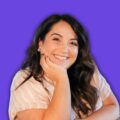
07/25/2024
Natalie is a beauty and lifestyle writer at Lyon Content, born and raised in sunny Miami, Florida. She’s passionate about crafting personality-driven copy that helps brands build a ride-or-die following with their audiences! Like a true Cuban, she runs on XL cafe-con-leches and loves horror movies, houseplants, exploring new places, and snuggling up with her SO and fur babies.

